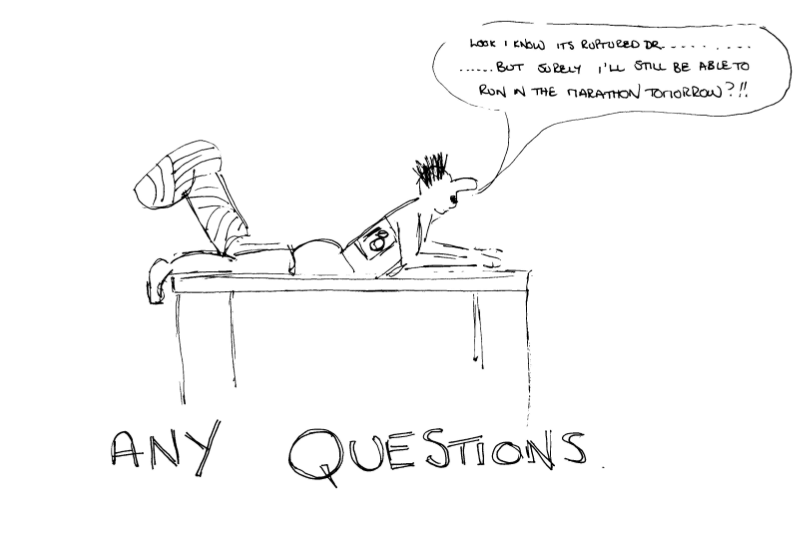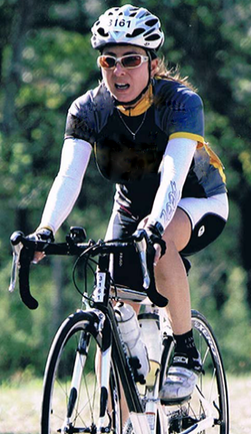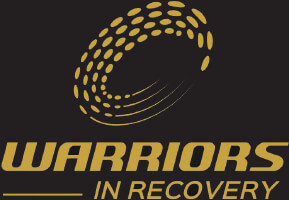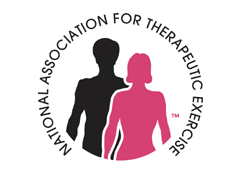Daily Life Activities (such as texting, sitting, walking on hard surfaces, etc.) in our modern world is undermining, if not eroding everyone’s ability to maintain biomechanical integrity and correct joint and tissue function in body movement. In short, our modern lives are beating our bodies up every day. Now…to add to this situation, you’ve just had surgery or are recovering from a trauma to your body tissue.
Replacing bed rest is the concept of “early mobilization” or “active rehabilitation.” The idea is to get you moving as soon as possible — short of actually reinjuring you. A great deal of science-based evidence suggests that stimulation of movement, especially in the early stages of healing, is a big component to recovery from injuries and surgeries.

I AGREE with this philosophy. However, sometimes an active rehabilitation or training after a surgery or injury can be can be a bit “TOO ACTIVE.” I routinely see clients who find that their rehab therapy after surgery or trauma didn’t seem to work. They’d been educated that they could exercise their bodies back to health and so they relentlessly challenged their muscles at every turn only to find that it made them WORSE.
What many people are not also made aware of is that long before breaking under a strain, tissue often gets “sick” — because of a failure to keep up with maintenance and repair to match the strains of daily life. Once this happens within the body, the tissue loses it’s ability to tolerate even minor stresses. Regular activities that used to be just easy to perform are suddenly now a problem.
I see many people in this predicament. They have suffered years of chronic pain simply because they never recovered adequately. (They may believe that they have, but “taking it easy” for a few days or a couple weeks is really not actually enough sometimes). Then, they wonder why they continue to have pain and discomfort.
Newsflash: Your body will most certainly go to pot if you do not allow it to heal.
A balance needs to be struck when it comes to recovery. On the one hand, it’s clear that early mobilization and general activity is valuable. On the other hand, it’s just as clear that you can aggravate and even re-injure yourself by trying to do too much, too soon. If you feel that your PT or doctor is pushing you too hard, there’s a good chance that they are.

I say this because I had two very different clients (one man and one woman) bring me a copy of their at home rehab sheets. Their theraband workouts were exactly THE SAME. Yes, they both were recovering from shoulder surgery but their individual abilities and muscle contraction integrity were entirely different because they were two different people. The woman was seeing me wondering why her shoulder had frozen after her physical therapy and the man who made a full recovery and was seeing me for maintenance for his post surgery.
I explained to my female client that her “active rehab” program was TOO active and actually re-shaped her body for the worst, and that at times lessened her body’s ability to function properly. Thankfully, I was able to address this issue for her and unfreeze her shoulder. My client learned the hard way that re-injury and collateral injuries are a REAL risks and this is why she is on a regular maintenance program with me now.
2nd and LAST Newsflash: People get hurt trying to get over being hurt all the time.
Keep this in mind…Cheers, drock

Want to learn more about improving your functional movement and sports performance? Then follow Dianne on her blog https://dtasmblog.wordpress.com
Dianne Rockefeller is a Athletic Performance Therapist, Licensed Massage Therapist, National Academy of Sports Medicine – Certified Personal Trainer, Certified Orthopedic Manual Therapist, Certified Myoskeletal Therapist, Certified Kinesio Taping Practitioner, Certified Cupping Therapist, and Muscle Activation Techniques Practioner (MAT). She has treated athletes of all levels, from youth to professional, from all sports. She brings a very unique perspective to manual therapy utilizing her experience with motion analysis and sport. Her blend of advanced integrated skills along with practical and rehabilitation experience deliver exceptional results. Dianne is a self-proclaimed scholar of “Applied Performance Manual Therapies”. Contact Dianne at drock@dtasm.com or 210-973-4848.







